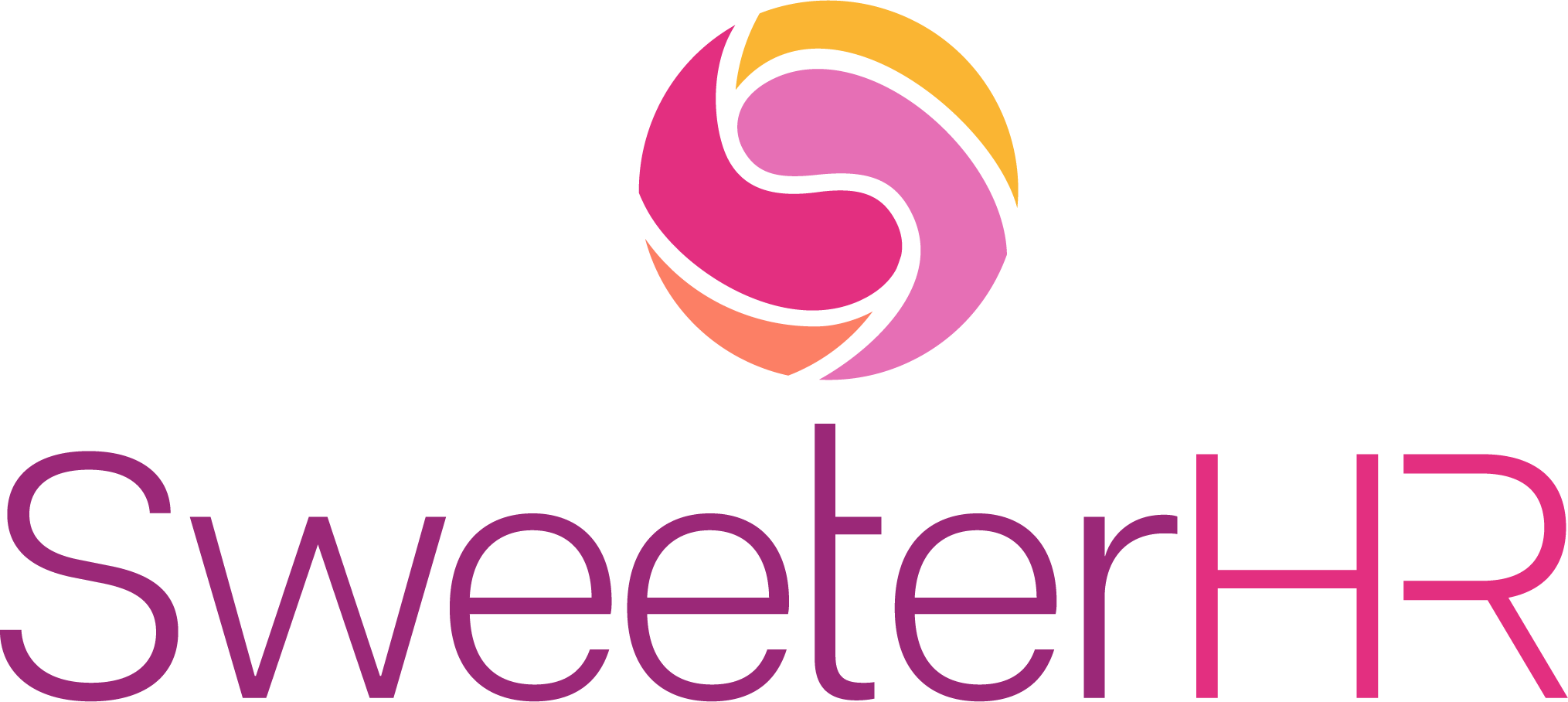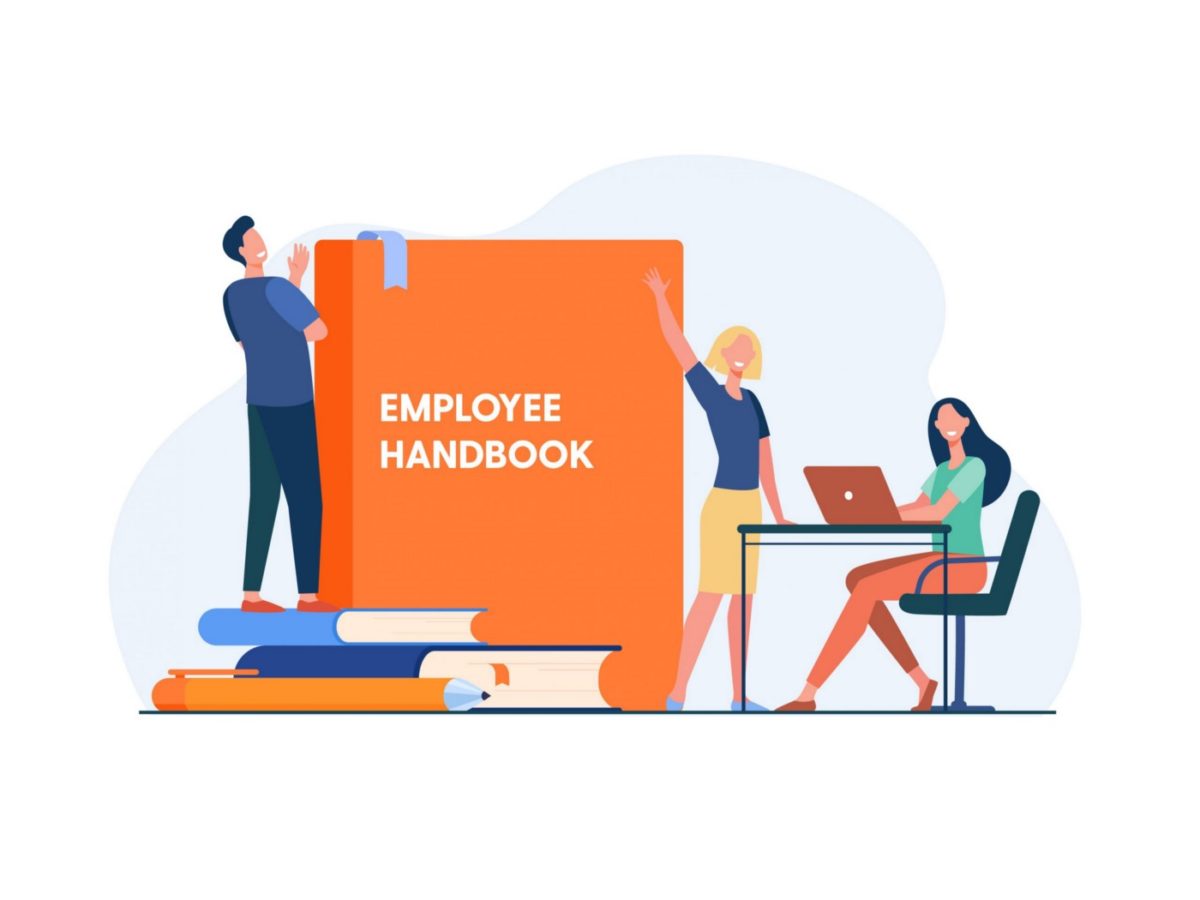As of January 1st, 2023, the California Privacy Rights Act (CPRA) eliminates employers and the business-to-business (B2B) exemption from the California Consumer Privacy Act (CCPA). This will apply to businesses that reside in California, have employees working in California, or have other connections to the state. Compliance with this act requires employers to provide notice before or during the time of collecting personal information including; categories of sensitive personal information, if this information is sold/shared, and the period the employer intends to hold this information. Employers must also provide notice on why this information is being collected. Employees have the right to know, delete, correct, and opt out of sales/sharing of their personal information. The expansion for Business-to-Business (B2B) protects the personal information collected from business contacts and is subject to CPRA privacy rights. Ensure that your company updates the privacy notice, policy, and procedures, and review and update employee data incorporating personal information collected in employment and B2B context.










